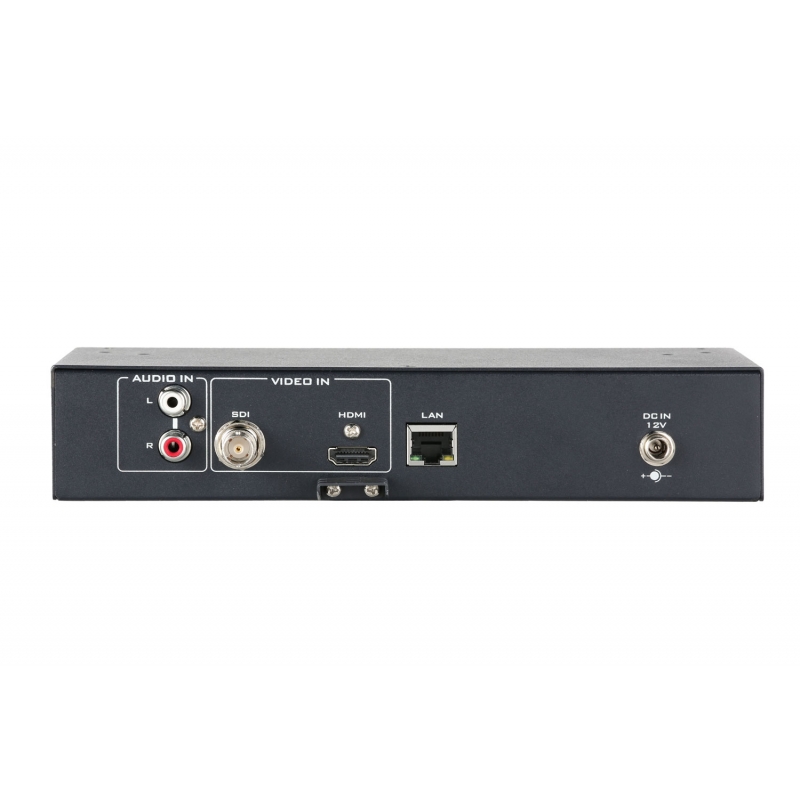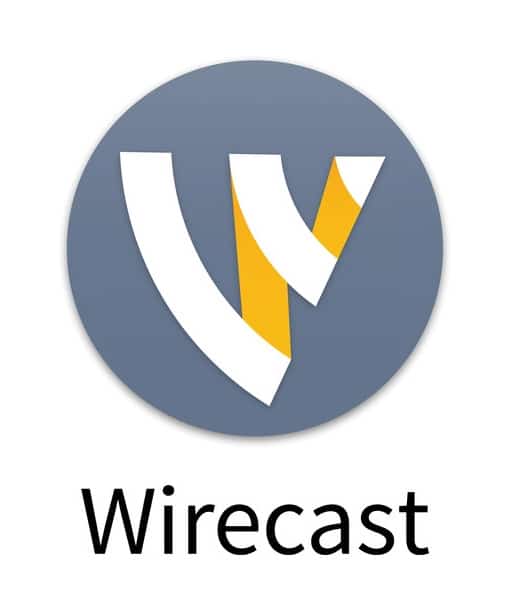

With the ability to power the unit with AC or DC power sources, and the ability to tether to smartphones or other mobile devices, the versatility is nearly endless. On top of that, the monitor outputs add a unique and handy information display that gives you all kinds of useful information about your signals and stream all on one screen. Input SDI formats up to 3840 x 2160 at 60 fps and output streams up to 1920 x 1080 at 60 fps and up to 70 Mbps.

Taking everything they have learned and implemented with the ATEM Mini series, Blackmagic has outdone themselves again with a much needed (and well done) refresh of the Web Presenter. If you're on a tighter budget and don't need the extra resiliency from Resi then look no further! My Favorite Feature: The Resilient Streaming Protocol is stellar Blackmagic Design Web Presenter HD Best Bang For The Buck Get Latest Price on Amazon Multiple Destinations: Yes, to any destination supported in subscription plan Supported Destinations: Resi (embeddable player), Facebook, and YouTube Output Formats: H.264 or H.265/HEVC using Resilient Streaming Protocol Input Formats: Up to 1920 x 1080 at 60 fps While the Ray Encoder is tied only to Resi's platform and is a minimum requirement, that's a good thing when you want an encoder and platform that just works. Subscription plan options include social only (distribution to YouTube or Facebook), web streaming with an embeddable player and variable bitrates, and multisite capability to connect remote physical locations. With their patented Resilient Streaming Protocol, Resi (formerly Living As One) takes streaming quality and reliability to a whole new level. I recommend recording on a separate dedicated hardware video studio recorder whenever possible. Therefore, I only suggest recording with encoders for backup purposes. The file formats used for streaming are not the same as file formats used for recording to drives, and it is common to see failures and corrupt files with encoders. Hardware streaming encoders almost always make poor recorders. Many hardware encoders also offer built-in recording, usually to memory cards and/or USB drives. Important Note About Using Encoders To Record On top of that, they are often much cheaper than a computer with enough power to handle encoding properly. They are engineered to handle a specific task efficiently, consistently, and reliably. Hardware encoders are designed to take the guesswork out of that process. Processing that much information in real time requires a lot of power to do it consistently and efficiently.

That's more than 1 gigabyte of data every 3 seconds, or more than 1 terabyte of data every hour. Video must also be processed in real time.įor example, uncompressed video with a resolution of 1920 x 1080 at 60 frames per second requires 2.98 Gbps of bandwidth. Uncompressed video requires a lot of data.


 0 kommentar(er)
0 kommentar(er)
